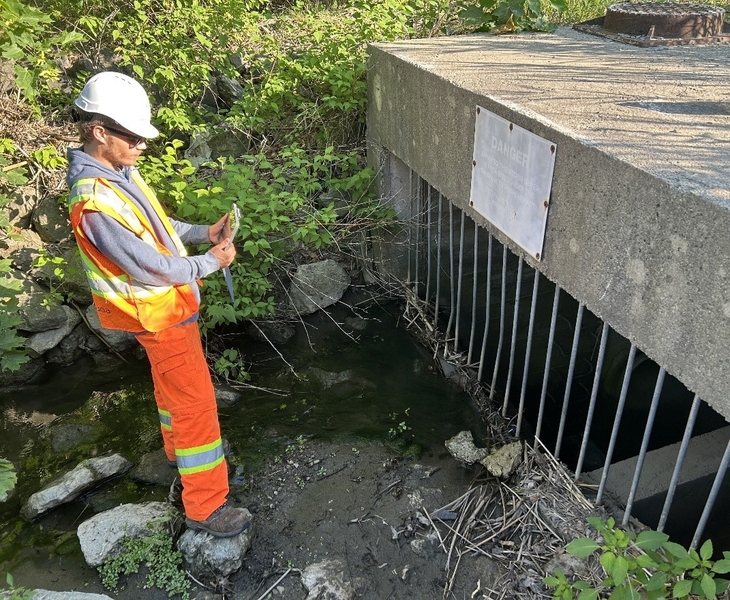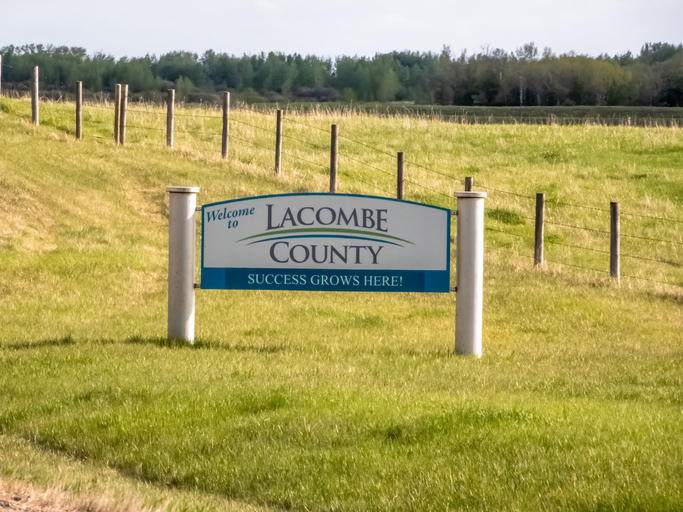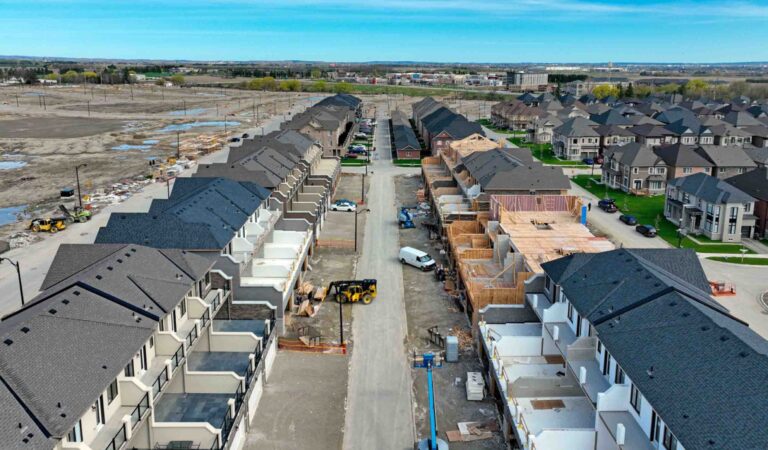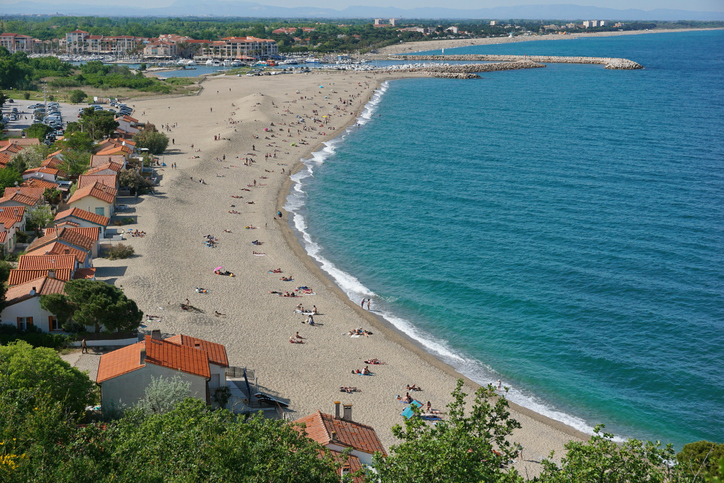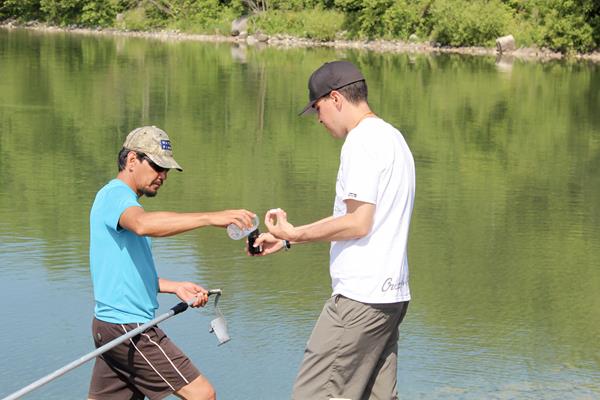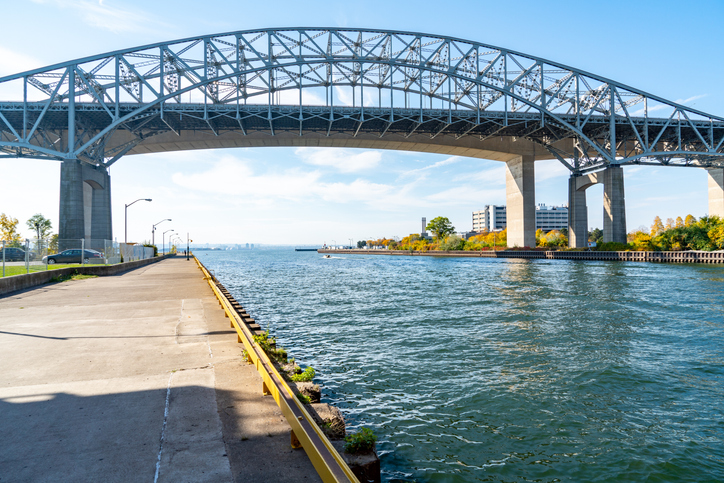Historic provincial investments will support communities in preparing for the risk of natural disasters related to climate change, along with a new one-stop online platform to help people and communities better prepare for, mitigate and understand disaster and climate risks.
British Columbia is committing a further $180 million to the Community Emergency Preparedness Fund (CEPF) to support projects that help local governments and First Nations prepare communities for the risks of natural hazards and lessen the effects before disasters happen.
The new contribution brings CEPF’s total investment to $369 million since its establishment in 2017. The CEPF has historically funded projects like a new dike in Merritt, public cooling infrastructure in Victoria and planning for a tsunami evacuation structure in Tofino.
“B.C. has seen more than our share of climate disasters, so there’s urgency to be ready and equipped to minimize damage and recover quickly when the worst happens,” said Premier David Eby. “New funding for projects in communities, combined with a new online hub of information resources for local leaders, will help us all be better prepared to face emergencies.”
In response to the growing number of climate-related emergencies in B.C., the Province has launched ClimateReadyBC, which provides hazard and mapping tools, risk data and resources to help communities better prepare for future disasters and climate emergencies.
People can visit the online hub to learn more about various hazards, such as floods, wildfires, extreme weather, tsunamis and earthquakes. Previously, this information was spread over different government websites. For example, the new online hub includes historic flood data, such as where and when a flood took place and the cause.
“Recent extreme weather events have caused a lot of destruction in B.C. and people are looking to our government to help keep them and their families safe,” said Bowinn Ma, Minister of Emergency Management and Climate Readiness. “Through ClimateReadyBC and a historic investment in CEPF, we’re increasing the tools and the resources communities need to prepare for climate-related emergencies.”
ClimateReadyBC and CEPF support the Province’s Climate Preparedness and Adaptation Strategy. With a record investment in CEPF, more funding will be available for communities under each of the fund’s seven streams. The fund is also increasing to assist communities in dealing with and preparing for the effects of extreme cold, in addition to extreme heat. Additionally, the funding stream for disaster-risk reduction and climate adaptation will support structural projects, such as dikes and pump stations, with funding of as much as $5 million, increased from $2 million.
“People in British Columbia understand how important it is to invest in resilient communities and infrastructure so that we’re much better prepared for the ongoing impacts of climate change,” said George Heyman, Minister of Environment and Climate Change Strategy. “Our government is making record investments in climate adaptation measures and providing easily accessible information so people and communities can easily and quickly find the resources they need.”
Ongoing engagement with First Nations, local governments and other partners will drive ClimateReadyBC’s expansion and evolution. For example, this summer, the Province will add a provincial extreme heat-risk portal that will allow local authorities to add and edit cooling facility data and information in a centralized location. Additionally, data and tools on the portal will integrate with mapping platforms developed by the First Nations Emergency Services Society.
Since 2017, First Nations and local governments have been approved for more than 1,300 projects through CEPF that help communities mitigate and prepare for disasters and climate-related emergencies.
“The CEPF program is helping local governments and First Nations prepare for climate related emergencies by funding projects that address a wide range of hazards. Accurate data is critical for mitigation and planning activities, and our members will be intent to utilize the ClimateReadyBC platform and provide input to support its development. I welcome the government’s continued commitment to improving emergency preparedness in B.C.’s communities.” – Jen Ford, president, Union of British Columbia Municipalities
“As a remote community, Nazko First Nation is experiencing the impacts of climate change in full force. Our community has experienced unprecedented wildfires, flooding and, more recently, heat waves and droughts. The CEPF program will help us plan for these events and help us get ready for future climate emergencies by adapting our structures and enhancing our response capacity.” – Leah Stump, Chief, Nazko First Nation
Quick Facts
- ClimateReadyBC is designed to be a hub for communities and people to use as an educational tool and as a resource for disaster preparedness.
- Through ClimateReadyBC, communities will be able to find centralized information about funding available to them, such as the CEPF, to enhance resiliency and to prepare for and respond to emergencies.
- CEPF is a suite of programs divided into seven funding streams, including public notification and evacuation route planning, emergency support services, emergency operations centres, disaster risk reduction – climate adaptation, extreme heat mapping and planning, volunteer fire department equipment and training, and Indigenous cultural safety training.


